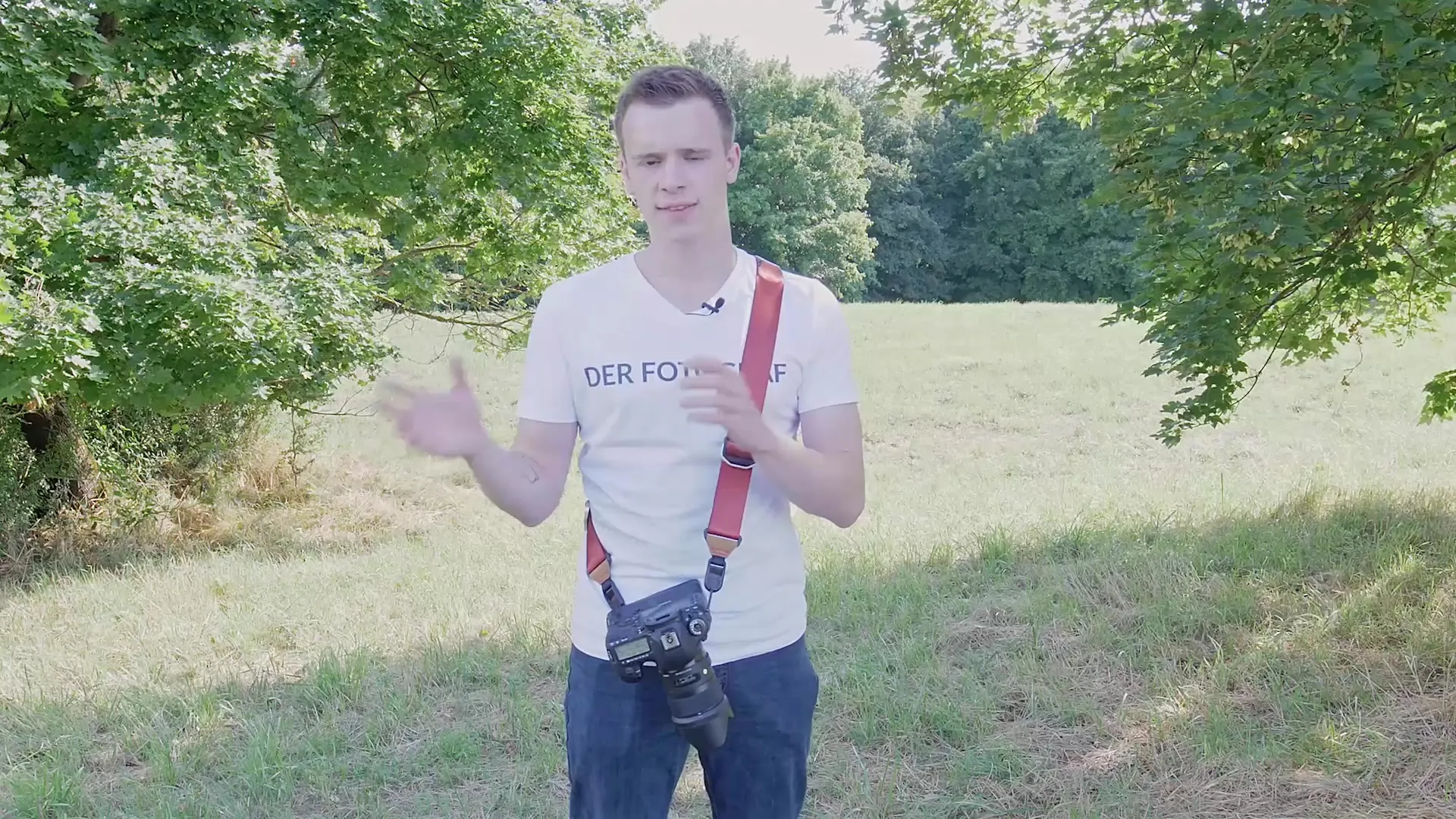When you photograph with your camera, you will quickly realize how crucial the autofocus is for the sharpness of your images. In particular, choosing the right autofocus mode can determine the success of a photo. What you need to know about the different autofocus modes and how to use them effectively is explained in this guide.
Main insights
The autofocus mode of your camera can be adapted to different situations. Usually, there are three main modes: single autofocus, continuous autofocus, and an automatic mode. Each mode has its specific strengths and weaknesses and should be carefully chosen according to the subject.
Single Autofocus (AFS)
In single autofocus, also known as oneshot (for Canon cameras), the focus point is set once and held as long as you keep your finger on the shutter button. In this mode, you can move the camera after focusing without losing focus. This is ideal for stationary subjects, such as portraits.
You should make sure to hold the camera in such a way that the focus point does not change after the camera has found the focus point. Hold the camera in a stable position to avoid blur.
A particularly good time to use the single focus mode is when you are taking portraits. Here you have the opportunity to set the focus calmly and take the picture as soon as the focus point is reached.
Continuous Autofocus (AIC)
The continuous autofocus, known as AI Servo for Canon (or AFC for Nikon), operates dynamically. As long as you keep the shutter button pressed, the focus is continuously adjusted. This mode is often used for moving subjects as it automatically adjusts when the object moves.
One important point here is that you should always keep the focus point on the subject. Many cameras allow the focus to be continuously adjusted during burst shooting. Here, the focus is optimized again after each shot.
Note that continuous autofocus works best when the subject is moving directly towards you or away from you. Movements from side to side can be more challenging since the autofocus may need more time in this case.

Automatic Autofocus (AFA)
The automatic autofocus, often referred to as AI Focus, switches between single and continuous autofocus depending on the situation. However, it can also be unreliable as it decides which mode is most suitable, often leading to blurry images.
I recommend avoiding automatic autofocus when using precise techniques that I will present in the next lessons. In most cases, this mode produces more blurry than sharp images and should therefore be used with caution.
Summary – Properly Use Autofocus: A Guide for Perfect Images
To achieve sharp images, understanding and effectively using the different autofocus modes is crucial. Use single autofocus for stationary subjects, continuous autofocus for dynamic situations, and be cautious with the automatic mode.
Frequently Asked Questions
Which autofocus mode is best for portraits?Single autofocus (AFS) is ideal for portraits as it guarantees stable sharpness on stationary subjects.
How does continuous autofocus work?Continuous autofocus (AI Servo) tracks moving subjects as long as you keep the shutter button pressed.
When should you avoid automatic autofocus?Avoid automatic autofocus when you are using targeted photography techniques, as it often produces unreliable results.


